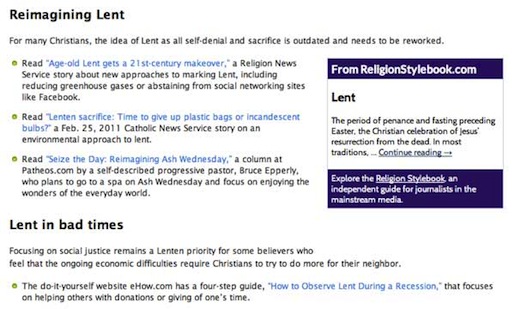Literally a “circular letter,” an enyclical is generally addressed to the whole church by the pope on matters of moral, doctrinal or disciplinary concern. Since Pope John XXIII (who died in 1963), popes have periodically addressed encyclicals to all people “of good will.” An encyclical does not carry the weight of an infallible or ex cathedra statement, but it is the most common use of a pope’s ordinary authority. As such, Catholics are expected to assent to its teachings, even though there can be debate on exactly how the teachings in an encyclical are to be applied. The title of an encyclical, which is almost always written in Latin, comes from the letter’s opening words, which describe its theme. The first encyclical of John Paul II was Redemptor hominis, “On the Redeemer of Man.” A new pope often issues an encyclical within a year of his election, and it is sets the tone of the pontificate. There are several other types of papal documents of lesser authority, such as an apostolic exhortation or a motu proprio, which is Latin for “on his own (the pope’s) initiative.” Such documents can be newsworthy but tend to address a more specific matter than an encyclical.
encyclical
This entry was filed in Catholicism. Bookmark the permalink.
Feel free to email us with questions and comments. Feeling lucky? Go to a random entry.

